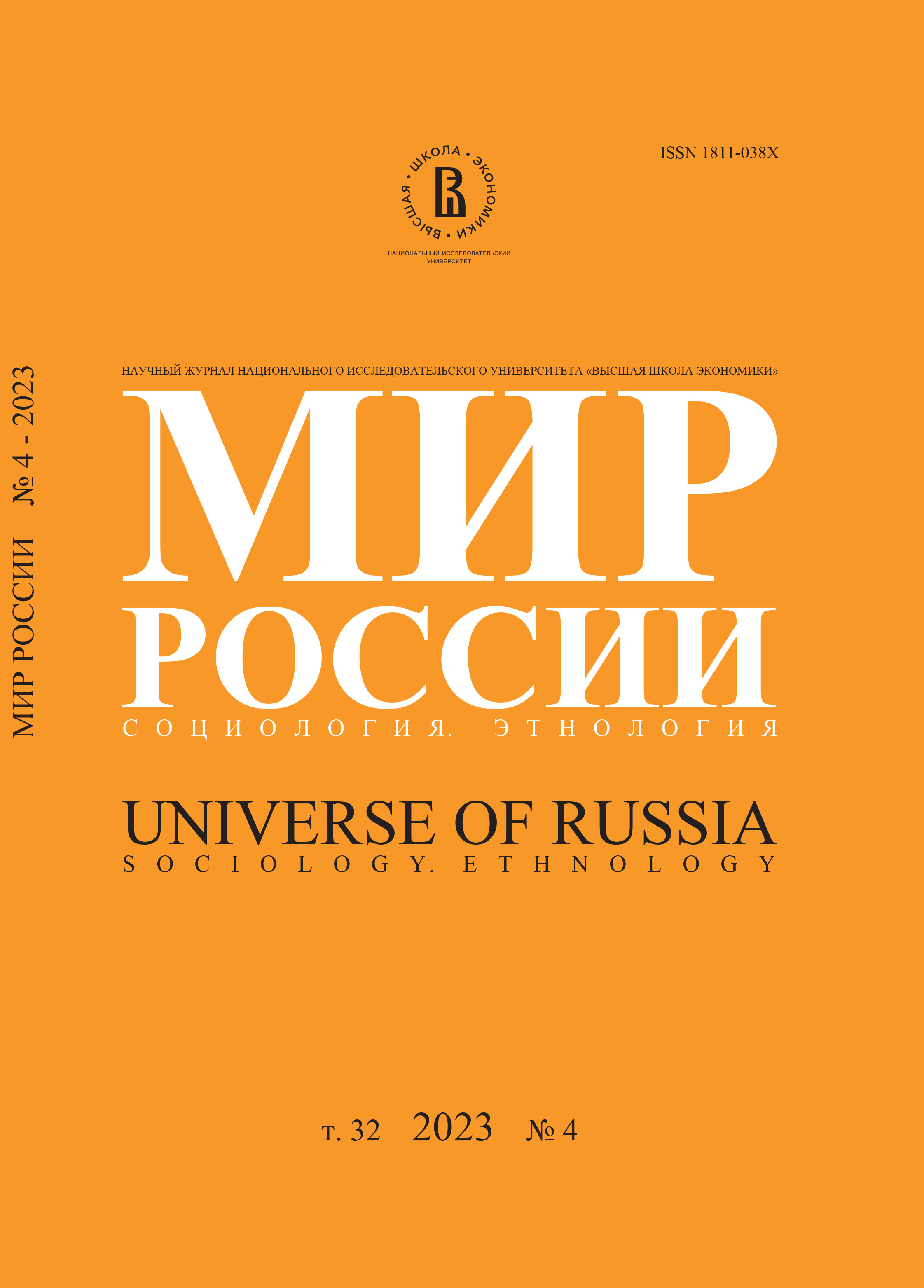What Does the Worldview of Russian Students Look Like and How Does It Change? Thematic Modeling of Artistic Literature Texts
Abstract
This paper scrutinizes the portrayal and transformation of the worldview of Russian students as reflected in the literary canon. It identifies how significant issues of student life, as interpreted by contemporaries and encapsulated in texts, highlight students’ societal position, their social functions, and their contemporary values and societal expectations. By engaging with present social circumstances and casting students as central characters, literature captures the principal social characteristics of youth over past decades. This provides insights into the lifestyle and societal roles of this demographic group, i.e., information that is otherwise unavailable due to the lack of retrospective sociological data. The study utilized probabilistic topic modeling to analyze texts by Russian-speaking authors from the late 19th to the early 21st centuries (Dostoevsky, Chekhov, Garin-Mikhailovsky, Kuprin, Veresaev, Kaverin, Trifonov, Osipov, Polyakov, Ivanov, the collection of Desna, Solomatina and Sanaev). The selection criteria were genre, publication date, language, and plot.
The examination of the selected texts facilitated the tracking of the portrayal of student youth within social contexts. It uncovered fluctuating and stable aspects of the student worldview over time. The worldview was analyzed as a multifaceted picture, with central characters, temporal and spatial backdrops, and a range of emotions, philosophies, values, and evaluations. The study’s methodological framework is based on Husserl’s concept of intersubjectivity and Blumer’s symbolic interactionism. It identified the distinct intersubjective features of student worldviews from different historical periods: the pre-revolutionary period where social status and university interactions assured future prosperity; the era of Soviet students for whom the university was a place of creativity and personal development; late Soviet students who saw the university as a scientific interactive environment; and post-Soviet students who viewed the university as a sphere fostering social connections. The study yielded compelling data on symbolism related to color, language, everyday objects, social surroundings, and notable individuals or fictional characters significant to students. It also observed the high variability of speech symbols relating to family and friendly relationships, moods, environmental spaces, and evaluative and value judgments. The paper concludes by underlining the pivotal role of informal university interactions in shaping a student’s worldview.






